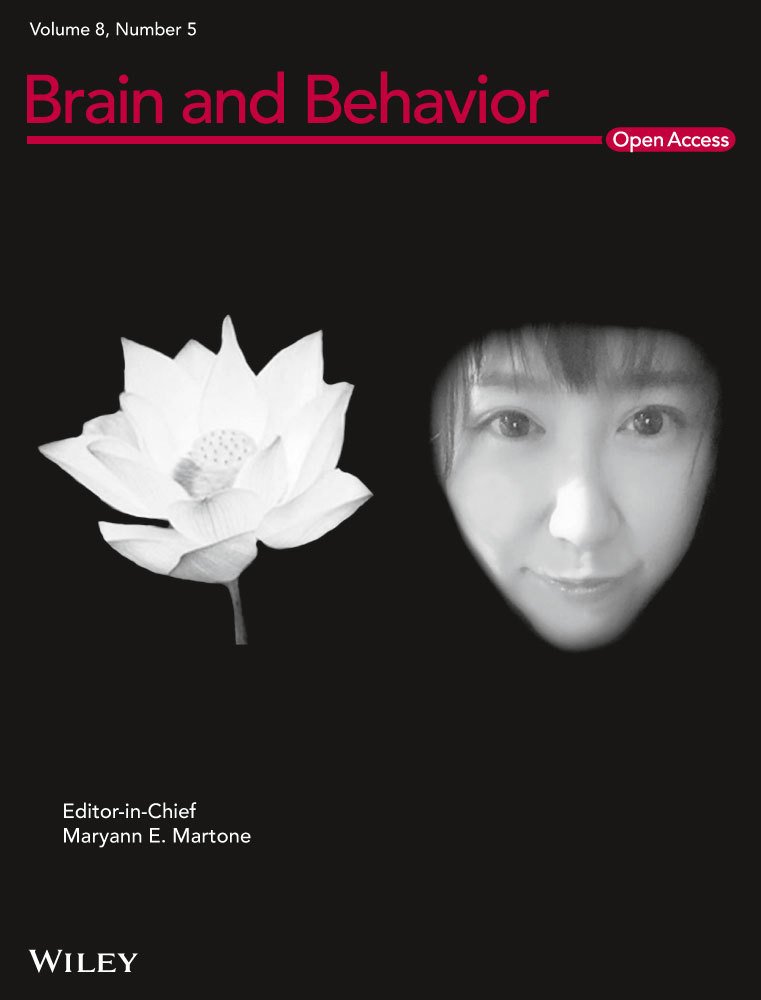“Spasticity is one of the most common symptoms in people with multiple sclerosis (MS). Conventional anti-spasticity agents have limitations in their efficacy and tolerability.
Delta-9-tetrahydrocannabinol: cannabidiol (THC:CBD) spray, a cannabinoid-based medicine, is approved as an add-on therapy for MS spasticity not adequately controlled by other anti-spasticity medications. The results from randomized controlled trials (RCTs) have demonstrated a reduction in the severity of spasticity and associated symptoms. However, RCTs do not always reflect real-life outcomes. We systematically reviewed the complementary evidence from non-interventional real-world studies.
METHODS:
A systematic literature review was conducted to identify all non-RCT publications on THC:CBD spray between 2011 and 2017. Data on study design, patient characteristics, effectiveness, and safety outcomes were extracted from those publications meeting our inclusion criteria.
RESULTS:
In total, we reviewed 14 real-world publications including observational studies and treatment registries. The proportion of patients reaching the threshold of minimal clinical important difference (MCID), with at least a 20% reduction of the spasticity Numeric Rating Scale (NRS) score after 4 weeks ranged from 41.9% to 82.9%. The reduction in the mean NRS spasticity score after 4 weeks was maintained over 6-12 months. The average daily dose was five to six sprays. Delta-9-tetrahydrocannabinol: cannabidiol was well tolerated in the evaluated studies in the same way as in the RCTs. No new or unexpected adverse events or safety signals were reported in everyday clinical practice.
CONCLUSIONS:
The data evaluated in this systematic review provide evidence for the efficacy and safety of THC:CBD in clinical practice and confirm results obtained in RCTs.”







